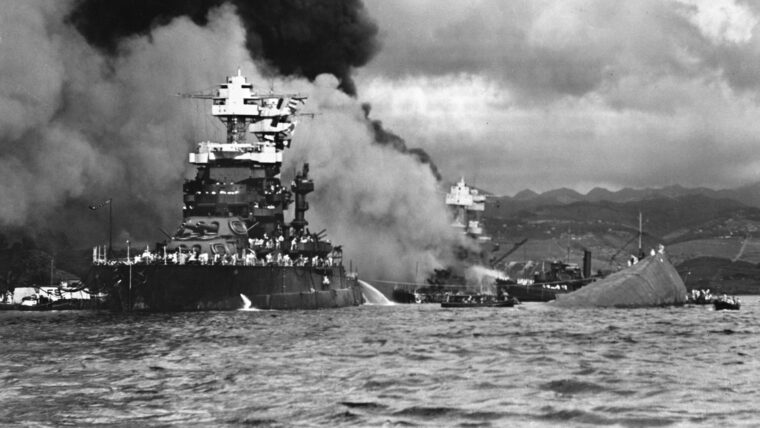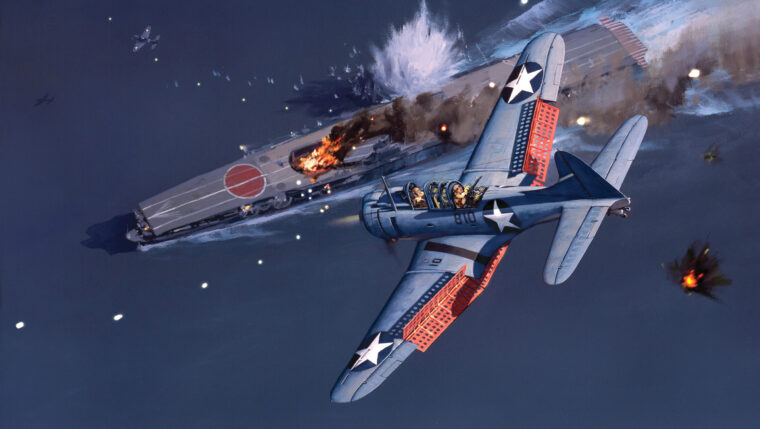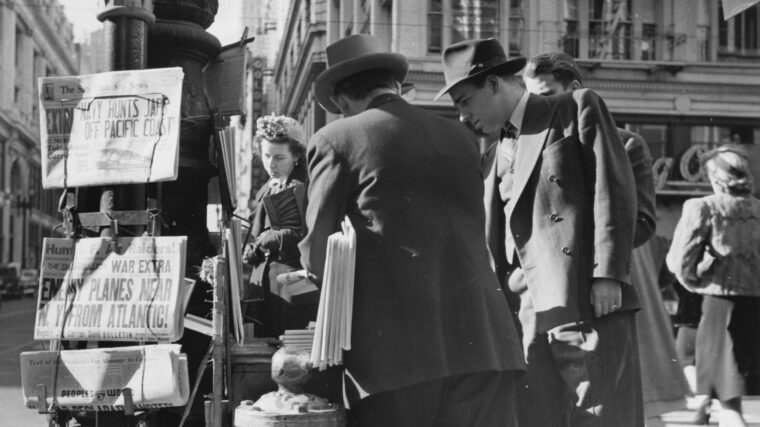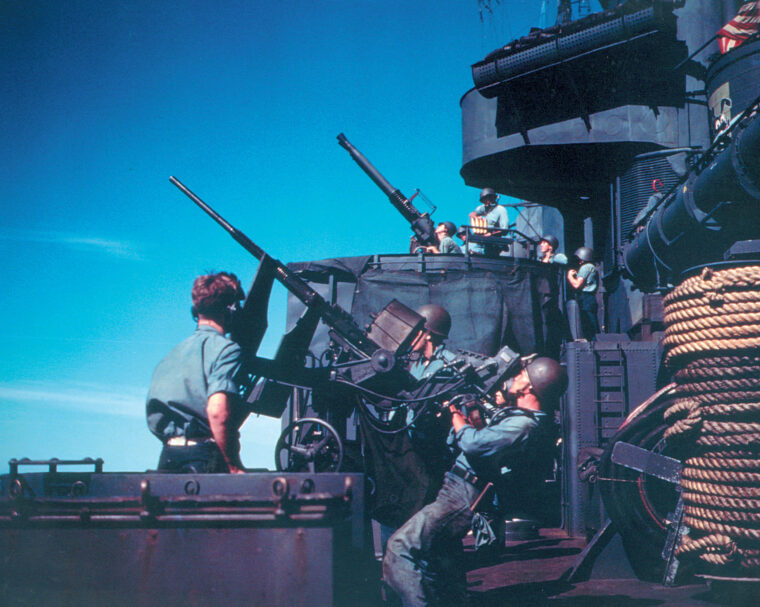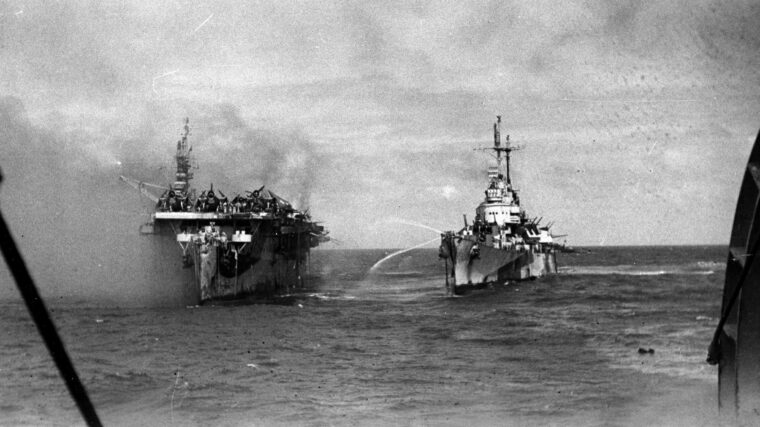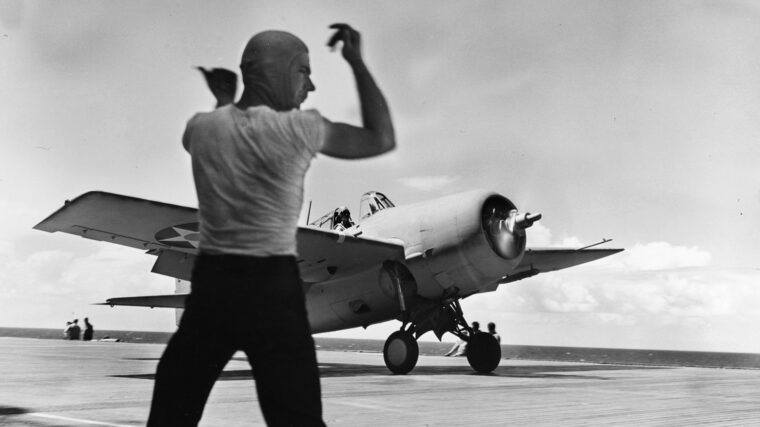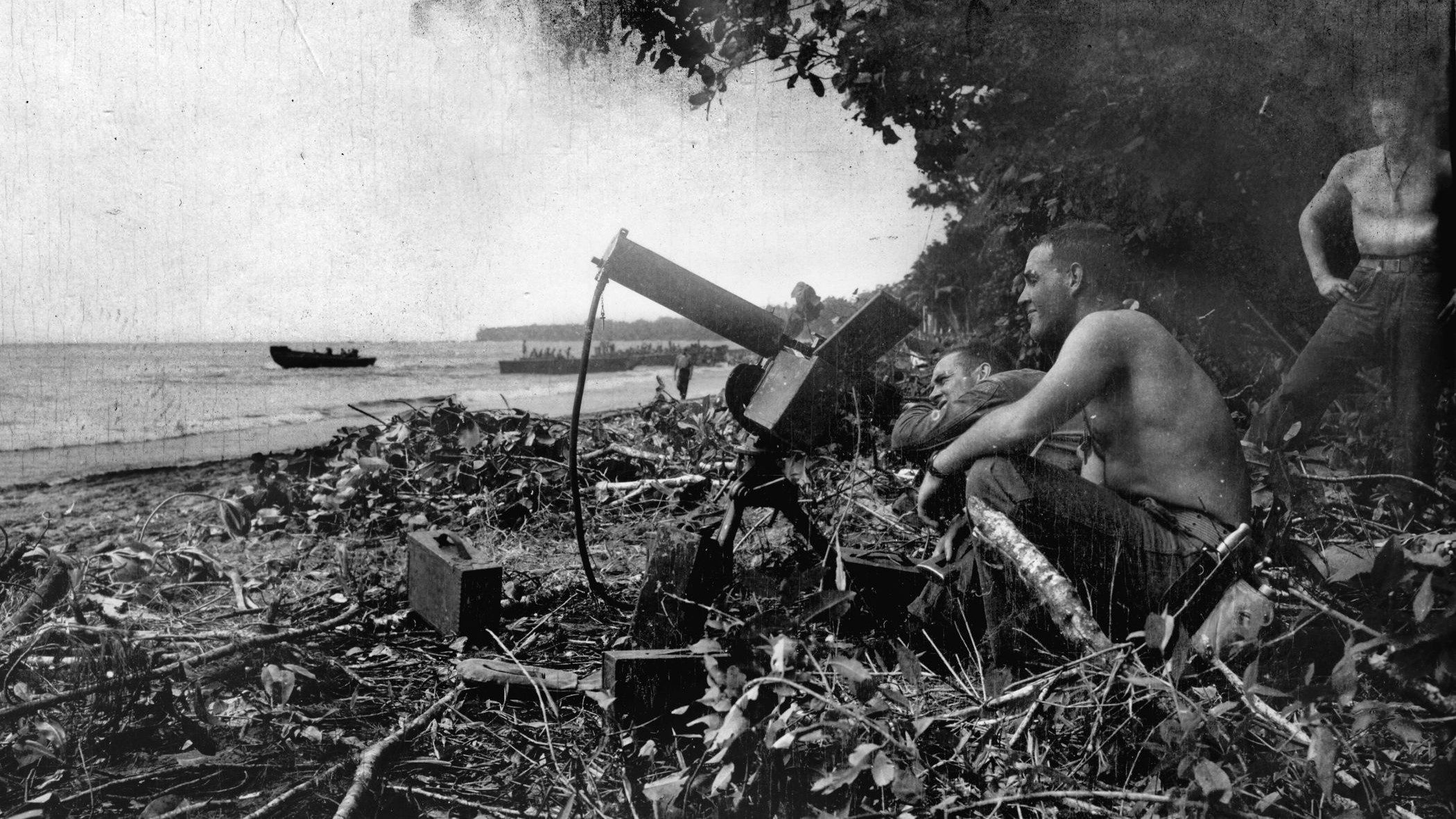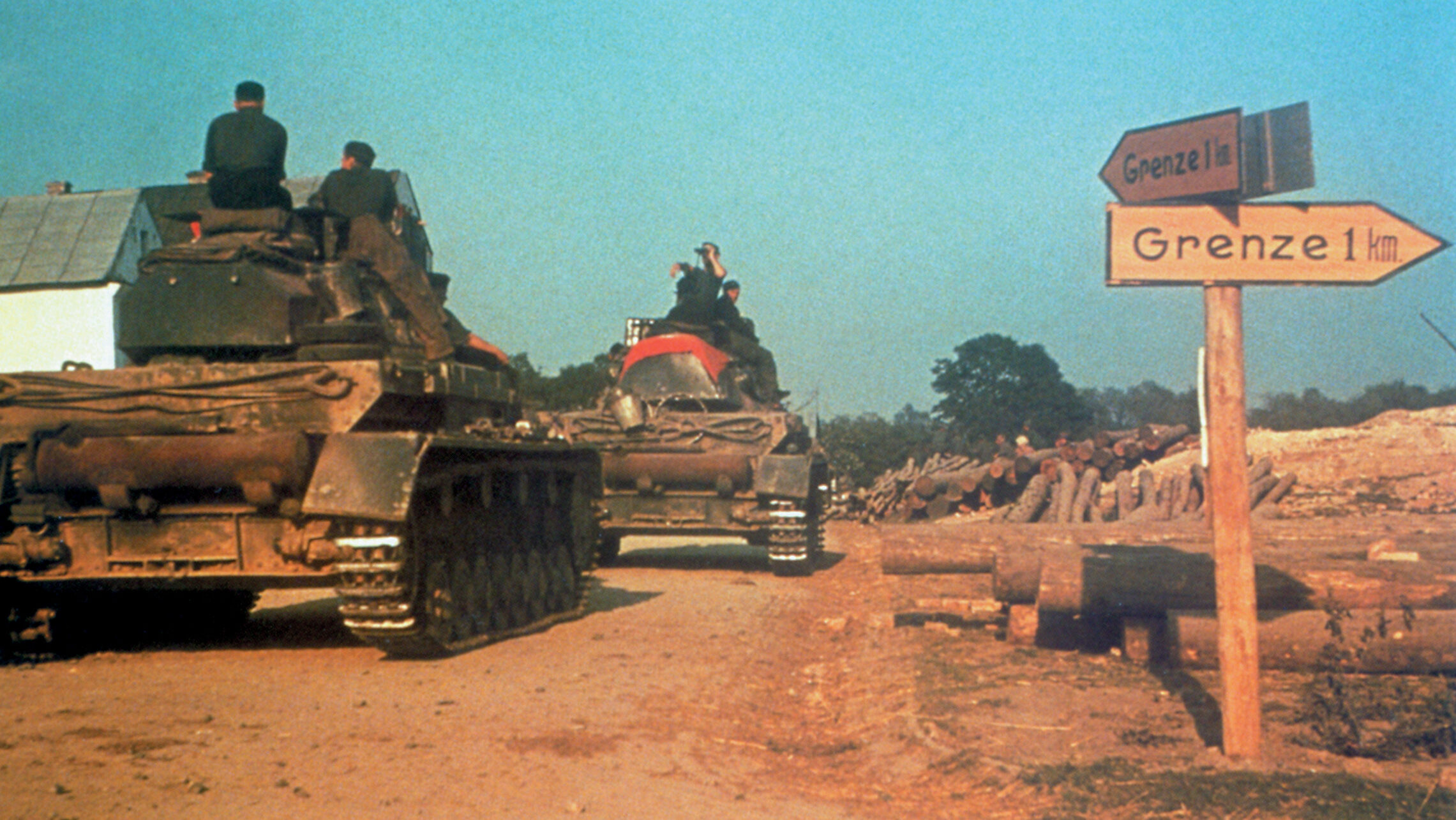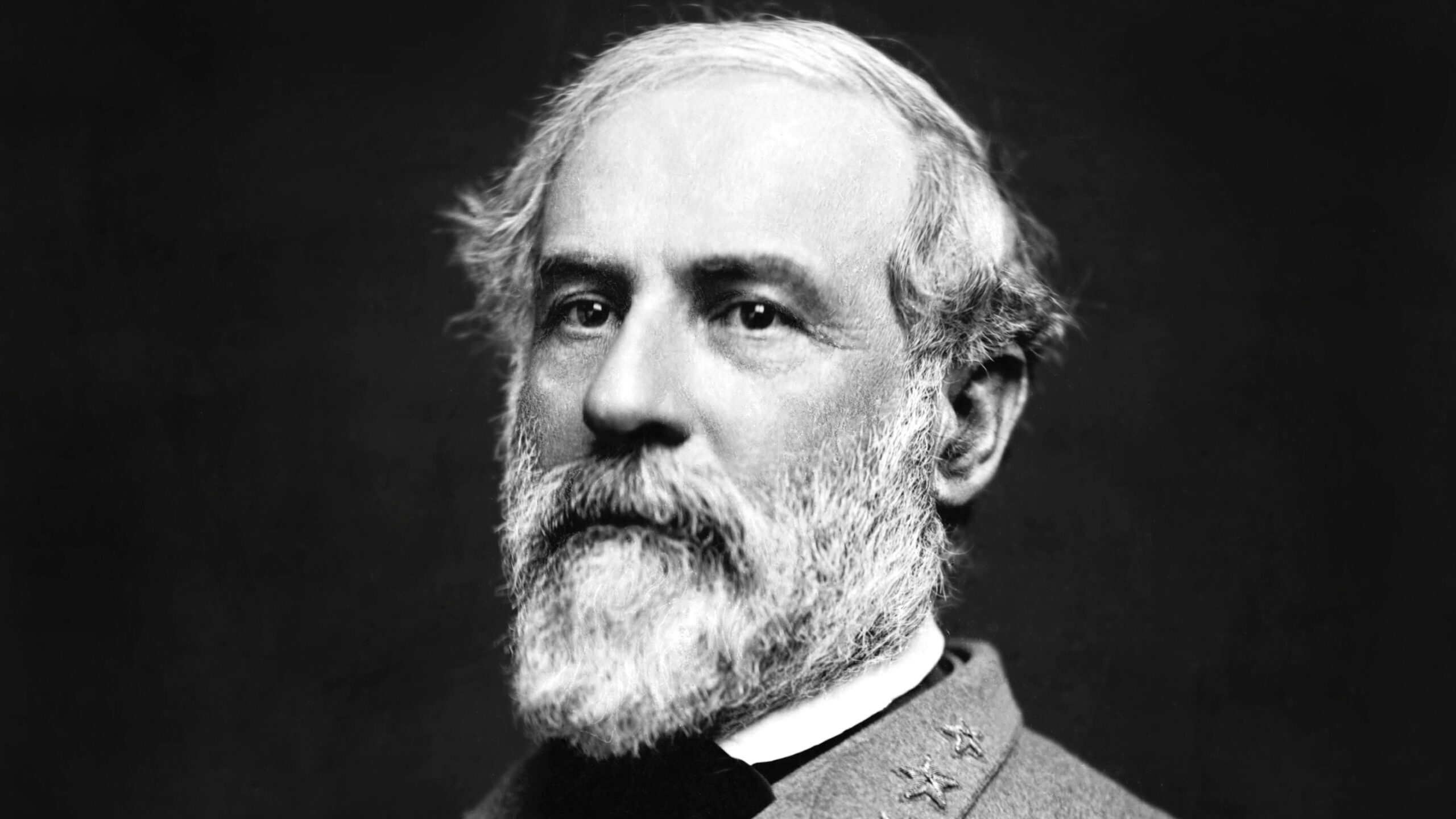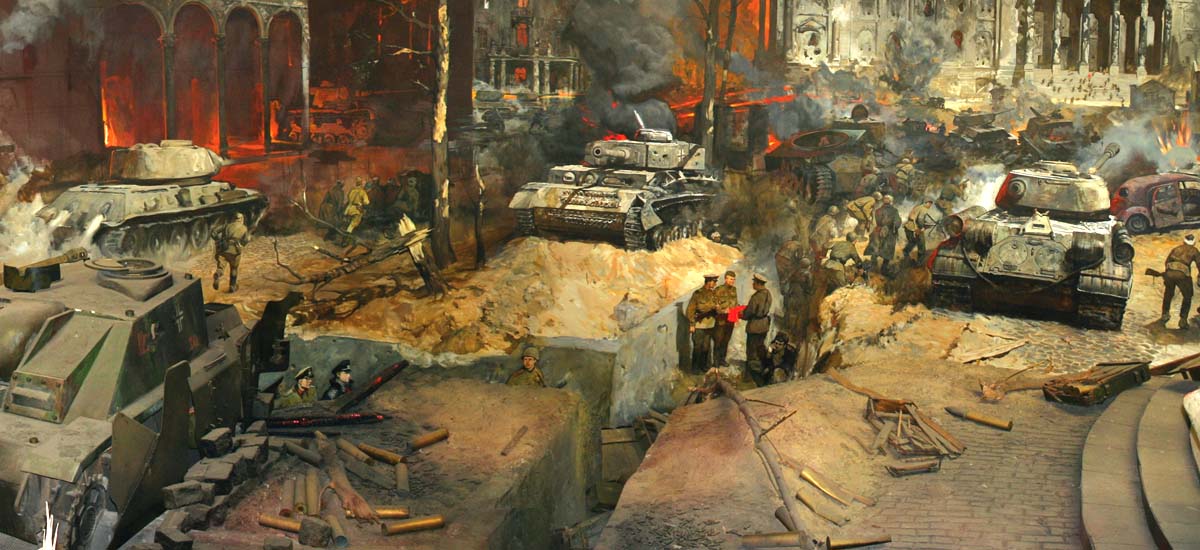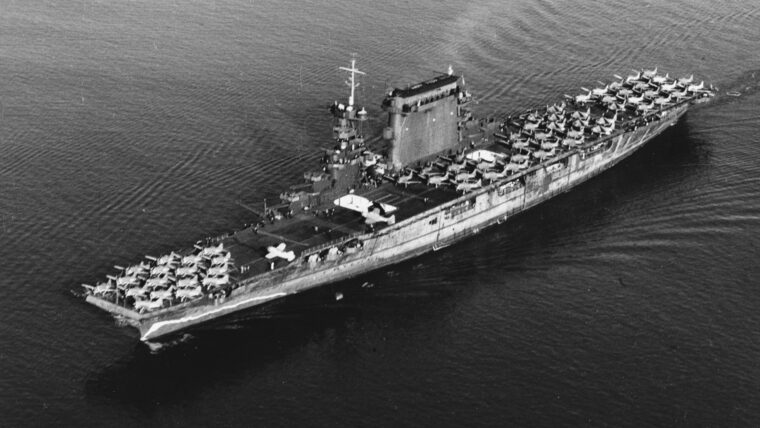
USS Lexington
USS Lexington: A Lady to the End
By Michael D. HullResponding to a November 27, 1941, war warning message from Admiral Harold R. “Betty” Stark, chief of naval operations, America’s prized handful of aircraft carriers were fortuitously absent from Pearl Harbor when Japanese planes savaged the Pacific Fleet on Sunday, December 7. Read more
